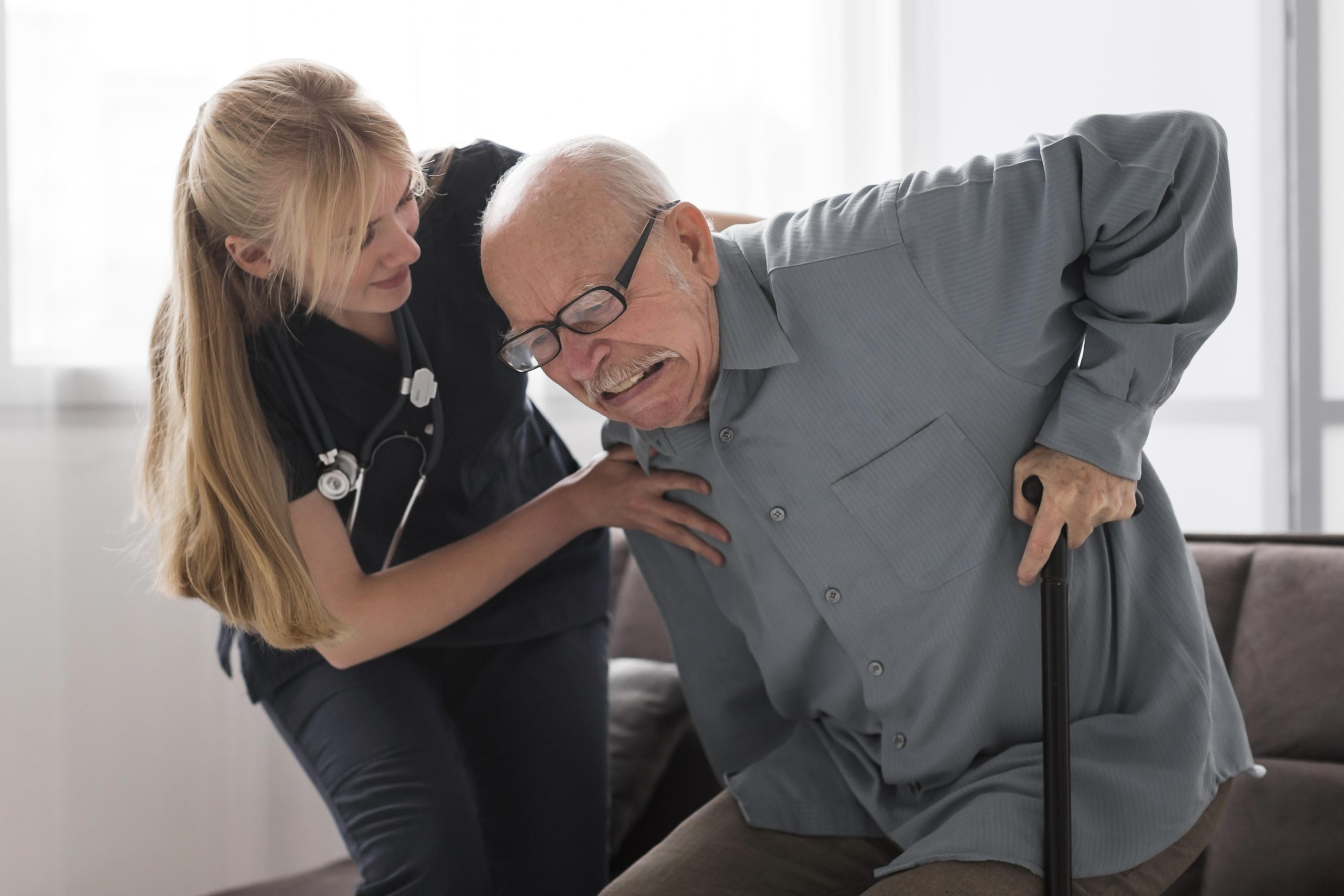Stroke is one of the leading causes of disability worldwide, and many patients experience paralysis as a result. Paralysis after a stroke occurs when the blood supply to a part of the brain is blocked or interrupted, causing damage to the areas that control muscle movement. This can lead to weakness or complete loss of movement, usually affecting one side of the body. While recovery from stroke paralysis varies from person to person, the good news is that with the right treatment, therapies, and lifestyle changes, significant improvements are possible. In this article, we will explore effective ways to recover from stroke paralysis quickly and improve quality of life.
Understanding Stroke Paralysis
Paralysis after a stroke happens because brain cells that control muscles are damaged due to lack of oxygen. The severity of paralysis depends on:
- The location of the stroke in the brain.
- The extent of brain damage.
- How quickly treatment was received.
Recovery is often a gradual process, but starting rehabilitation early and staying consistent can speed up progress.
1. Begin Early Rehabilitation
One of the most important steps in recovering quickly from stroke paralysis is to begin rehabilitation as soon as possible, often within 24 to 48 hours after a stroke (if the patient is medically stable). Early rehabilitation helps:
- Prevent stiffness in muscles and joints.
- Stimulate brain plasticity (the brain’s ability to rewire and adapt).
- Improve mobility and strength faster.
Common rehabilitation therapies include physiotherapy, occupational therapy, and speech therapy (if speech is affected).
2. Physiotherapy for Stroke Paralysis
Physiotherapy is a cornerstone of stroke recovery. A physiotherapist designs personalized exercises to:
- Strengthen weak muscles.
- Improve balance and coordination.
- Restore mobility in affected limbs.
Exercises may include assisted walking, range-of-motion activities, resistance training, and balance exercises. The more consistent the therapy, the faster the recovery.
3. Occupational Therapy
Stroke patients often struggle with daily activities such as dressing, eating, or bathing. Occupational therapy focuses on helping individuals regain independence by teaching new techniques, using assistive devices, and practicing functional tasks.
This therapy not only improves physical ability but also boosts confidence and quality of life.
4. Speech and Cognitive Therapy
If stroke affects the part of the brain responsible for speech and thinking, patients may experience difficulty communicating. Speech therapy helps restore language skills, while cognitive exercises support memory, problem-solving, and concentration.
These therapies indirectly support physical recovery by encouraging overall brain healing.
5. Medications to Support Recovery
Doctors may prescribe medications to prevent another stroke and aid recovery, such as:
- Blood thinners to reduce clot formation.
- Medications to control blood pressure, cholesterol, and diabetes.
- Nerve or muscle relaxants to ease stiffness and spasms.
Taking prescribed medicines regularly is crucial for preventing complications and supporting a quicker recovery.
6. Home Exercises and Daily Practice
Recovery doesn’t only happen in therapy sessions. Patients should continue practicing exercises at home daily. Simple activities such as squeezing a stress ball, gentle stretching, or practicing standing balance can enhance strength and coordination.
Family members can play an active role by assisting with exercises and encouraging consistency.
7. Healthy Lifestyle and Nutrition
A healthy body recovers faster. Stroke survivors should:
- Eat a balanced diet rich in fruits, vegetables, whole grains, and lean proteins.
- Stay hydrated to maintain circulation.
- Avoid smoking and limit alcohol, as they increase stroke risk.
- Maintain a healthy weight to reduce strain on the body.
Proper nutrition fuels the brain and muscles, accelerating healing.
8. Use of Modern Treatments and Technology
Advancements in stroke rehabilitation have introduced new therapies that can speed up recovery, including:
- Robotic-assisted therapy – Robots help patients practice repetitive movements.
- Electrical stimulation – Stimulates muscles to improve mobility.
- Virtual reality therapy – Engages the brain with interactive rehabilitation exercises.
These technologies can be combined with traditional therapies for faster progress.
9. Emotional and Mental Wellbeing
Stroke recovery is not only physical but also emotional. Many patients experience depression, anxiety, or frustration. Counseling, support groups, and meditation can help maintain motivation and mental strength, which are essential for a quicker recovery.
10. Patience and Consistency
Finally, it’s important to remember that stroke recovery is a journey. Some patients may see improvements in weeks, while others may take months or longer. Consistency, patience, and determination are key to achieving the best results.
Final Thoughts
If you are wondering how to recover from stroke paralysis quickly, the answer lies in early intervention, consistent rehabilitation, healthy lifestyle changes, and emotional support. Every patient’s journey is unique, but with dedication and proper guidance, significant recovery is possible.
Read More – Is Brain Stroke and Paralysis same
